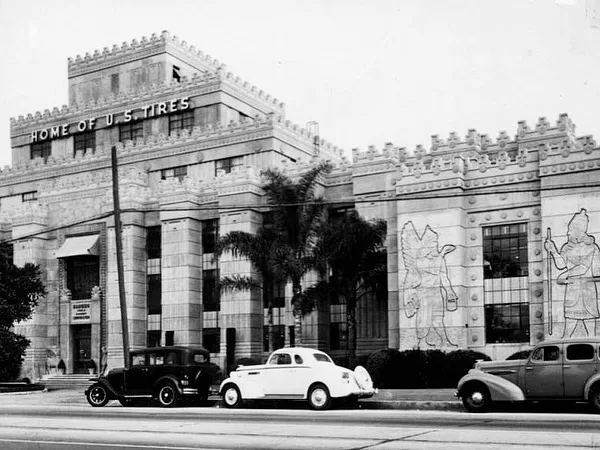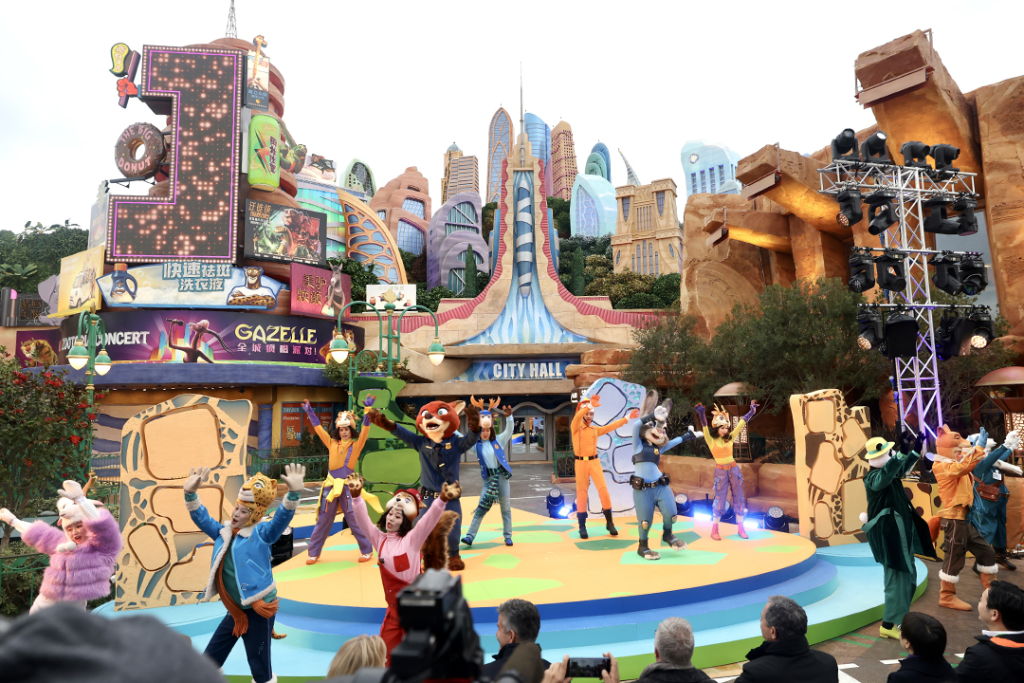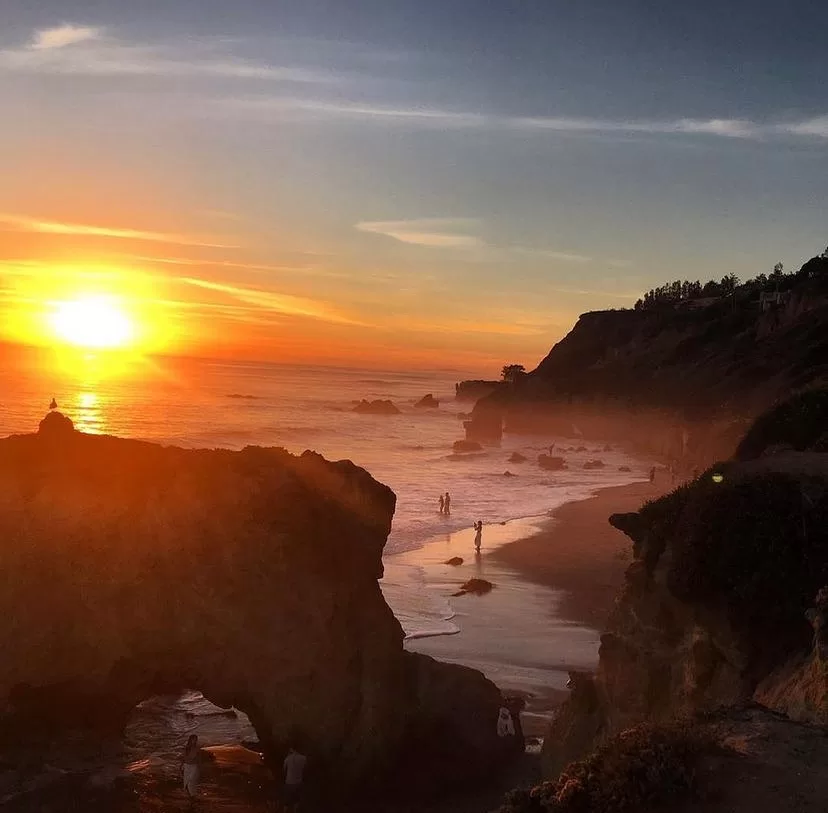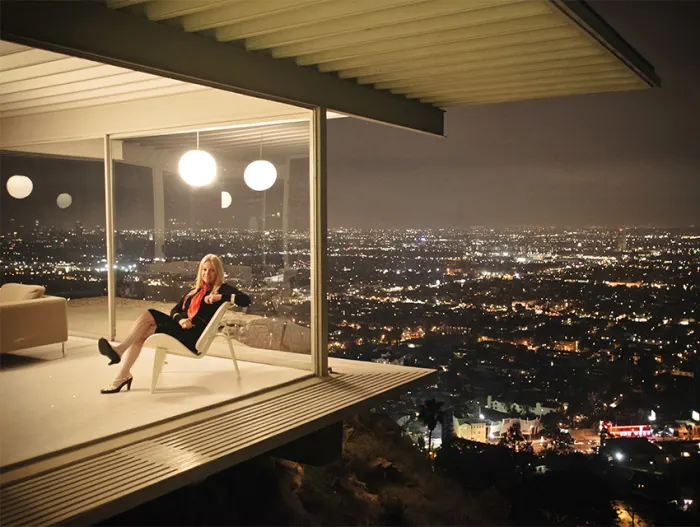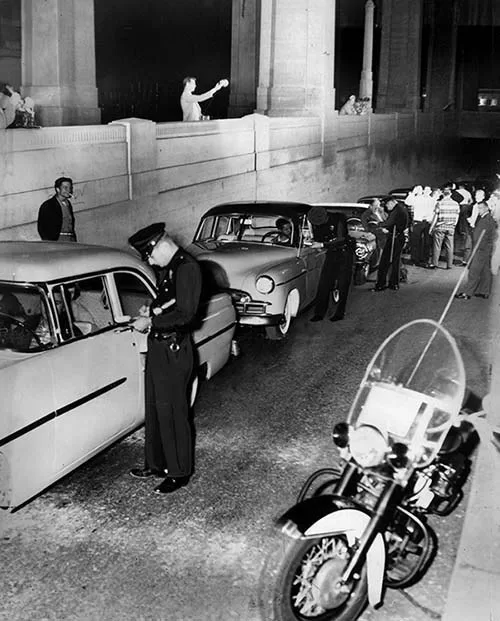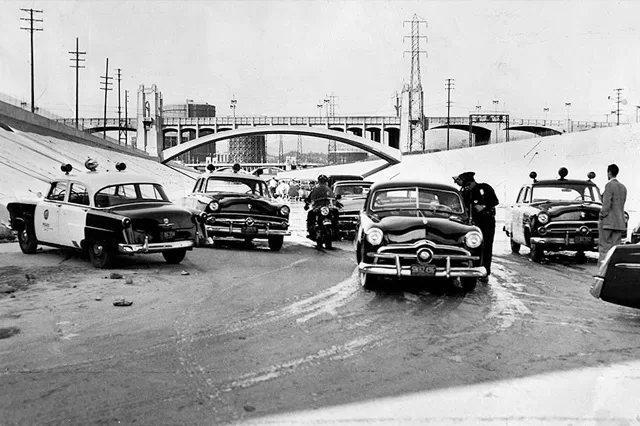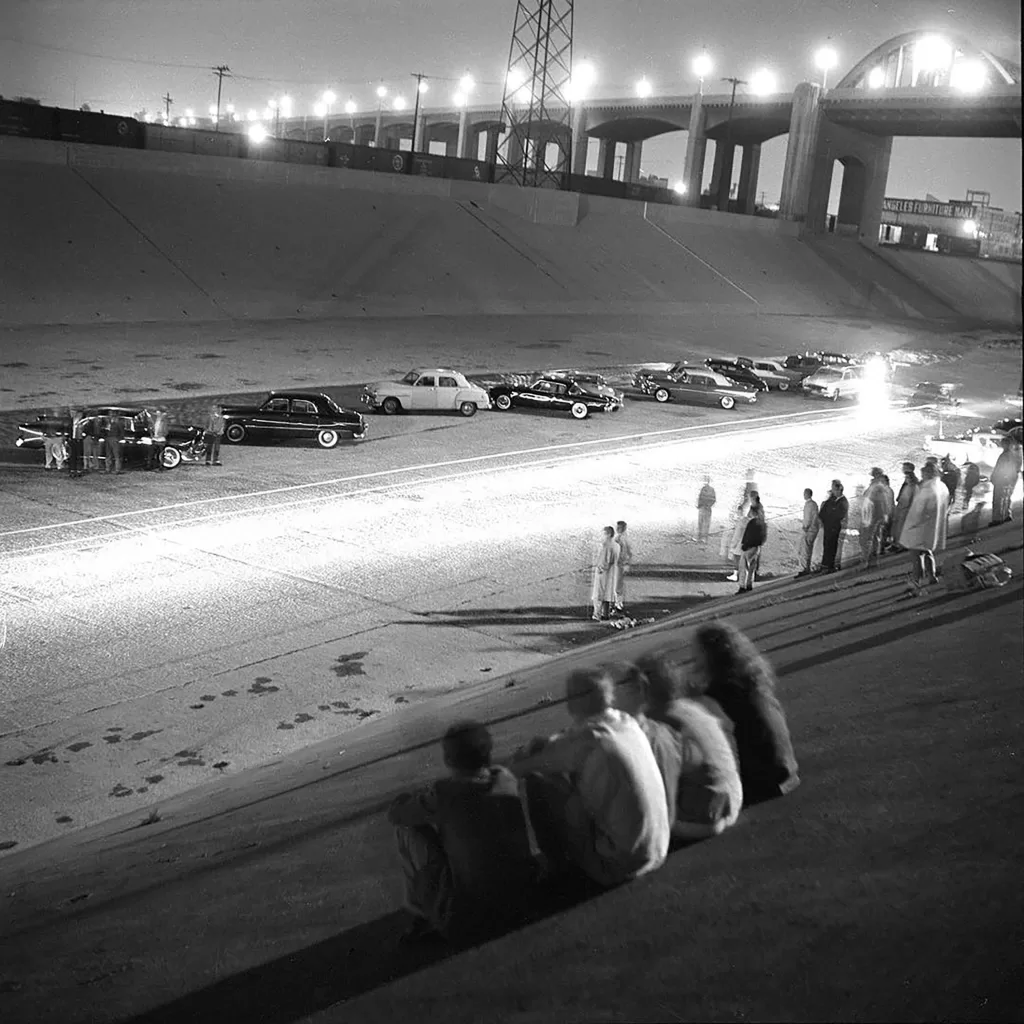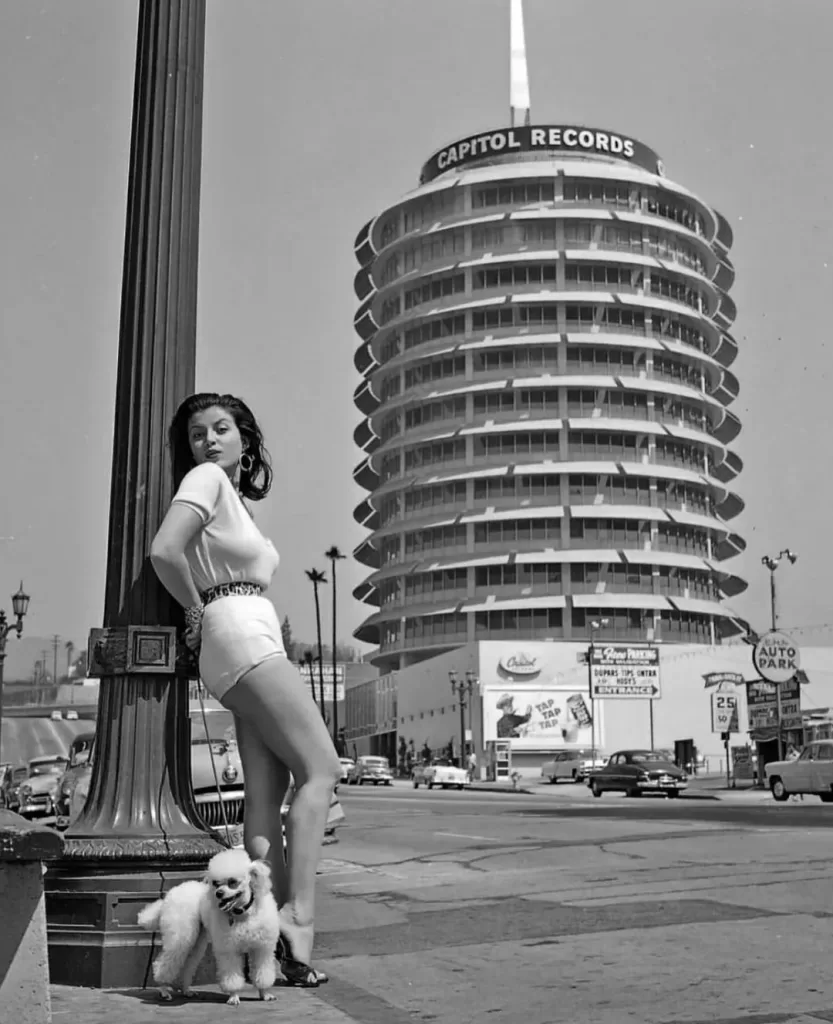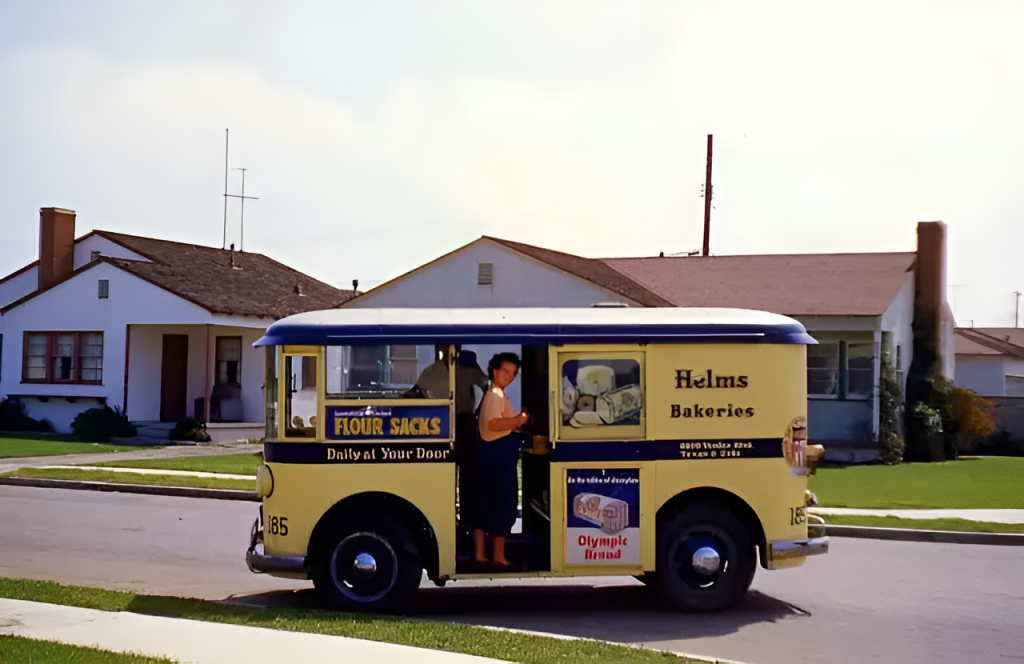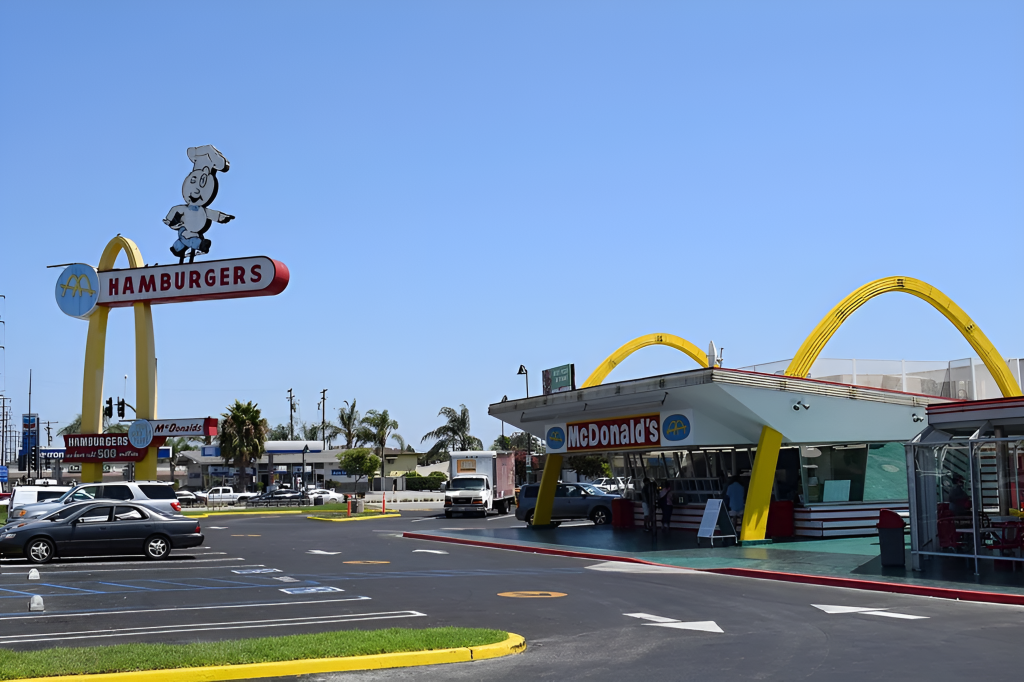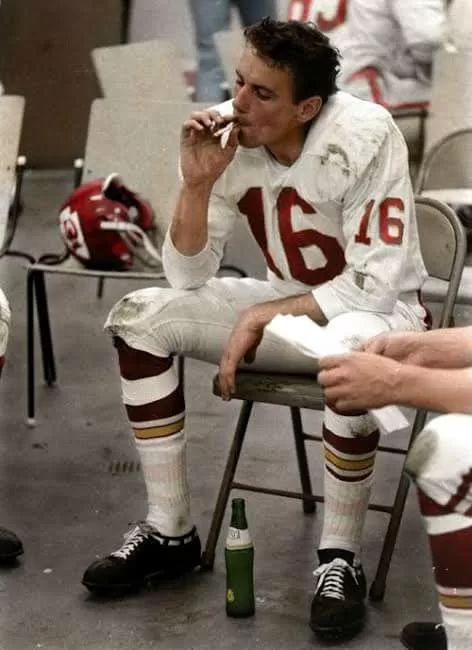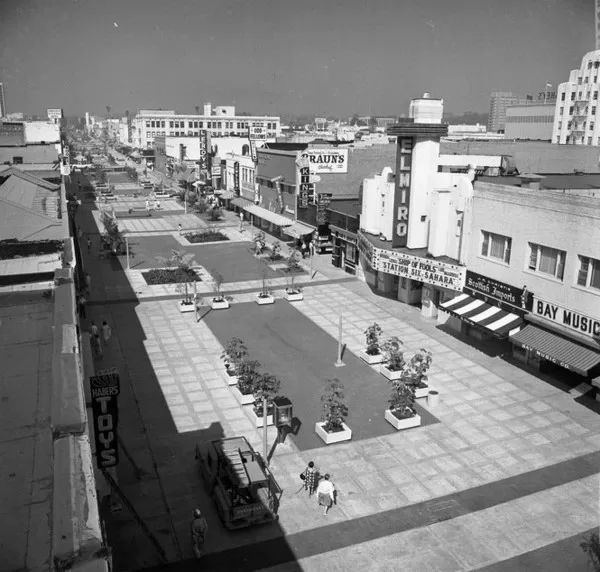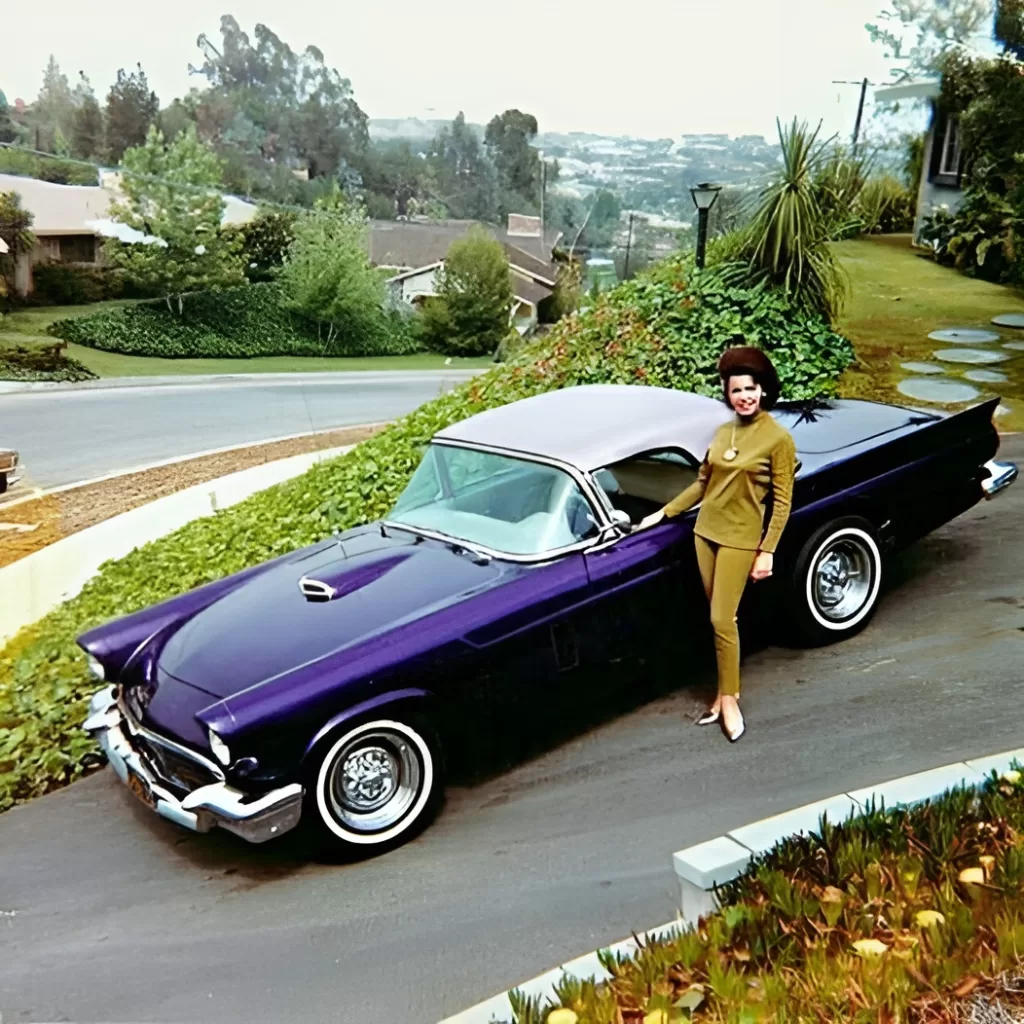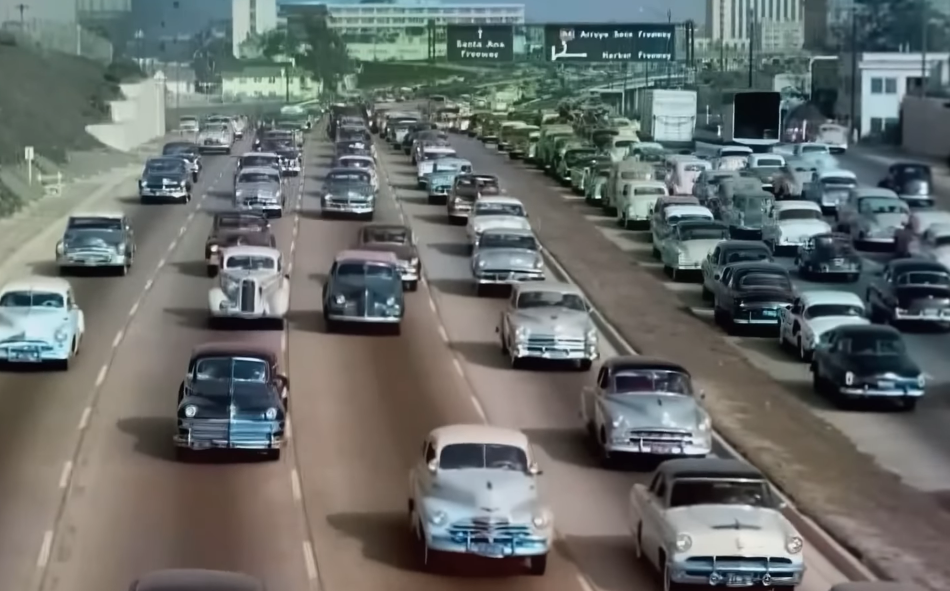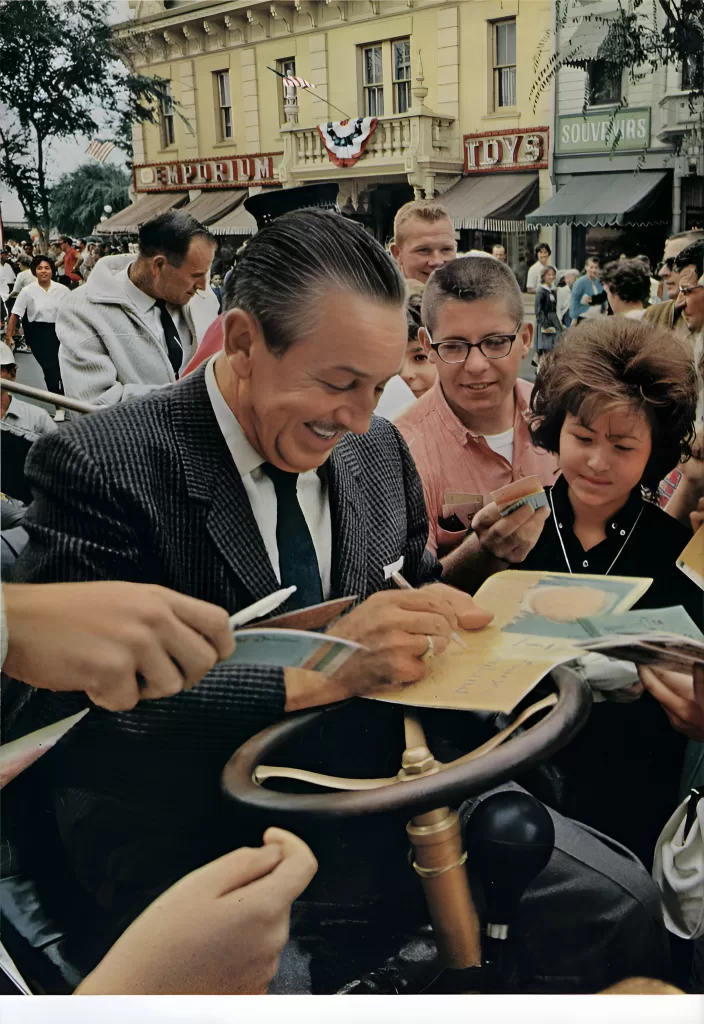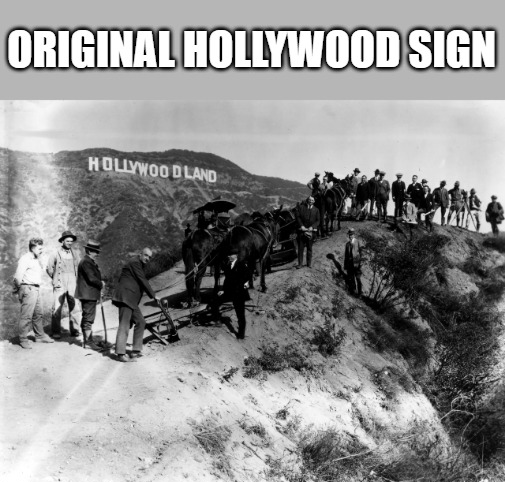| Product | Brand | Name | Price |
|---|---|---|---|
 | wawscote | wawscote Electric Bike - 500W Peak Motor Electric Bike for Adults, 20MPH Up to 55 Miles | Check Price on Amazon |
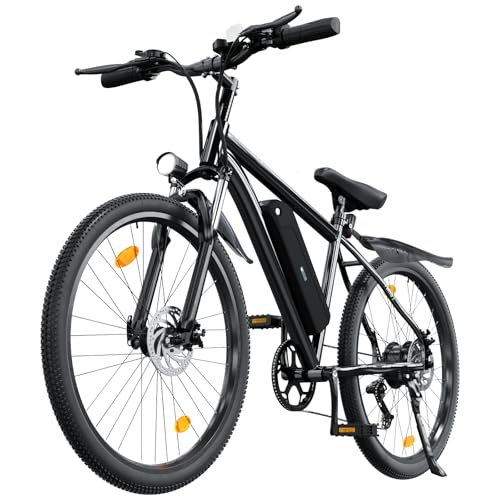 | Rideplux | 35-Speed Electric Bike for Adults 750W | Check Price on Amazon |
 | CBVELO | CBVELO 1000W Folding Electric Bike, 48V Large Removable Battery E Bike, 30+MPH, 80 Miles Range | Check Price on Amazon |
 | PUCKIPUPPY | PUCKIPUPPY Electric Bike for Adults 960W Peak, 48V 15AH Removable Battery Electric Bicycle | Check Price on Amazon |
 | YOLOWAY | 1000W Peak Electric Bike for Adults, Up to 40+ Miles, Max 25MPH Commuter Ebike, 360Wh Removable Battery | Check Price on Amazon |
* If you buy through links on our site, we may earn an affiliate commission. For more details, please visit our Privacy policy page.
At A Glance: 5 Best Electric Bikes With Removable Battery in 2025
-
Our Top Pick
- wawscote Electric Bike - 500W Peak Motor Electric Bike for Adults, 20MPH Up to 55 Miles
- 35-Speed Electric Bike for Adults 750W
If you’ve ever dreamed of commuting, exploring trails, or running errands on an electric bike without worrying about constant recharging delays, this set of models deserves a serious look. What makes them stand out is not just strong motors, long range, and all-terrain designs, but the fact that they all come with removable batteries. That means you can simply swap in a spare and keep riding with no wait time, instead of being stuck while your only battery charges. For busy riders, this one feature can be a game-changer.
Let’s dig into what makes each bike worth considering and why removable batteries matter more than you think.
Why Removable Batteries Are a Big Deal
Most electric bikes lock you into a cycle: ride until the battery dies, then wait several hours while it recharges. With a removable battery, you’re no longer chained to that downtime.
- Swap instantly: Carry an extra battery, pop it in, and keep going.
- Charge anywhere: Remove the pack and charge indoors while leaving the bike in the garage.
- Extend lifespan: You can replace the battery without replacing the whole bike.
- Security bonus: Lock the bike outside but bring the battery in with you.
If you want uninterrupted rides, whether it’s long commutes, multiple errands, or back-to-back adventures, removable batteries are the solution.
Wawscote Electric Bike – Budget-Friendly Commuter With Real Comfort

- 26″ tires and a 7-speed gear system for versatile terrain.
- Front suspension and disc brakes for smoother stops.
- Safety features like LED headlight, rear light, bell, and fenders.
- 330 lb weight capacity and just 54 lbs total bike weight.
- Buy on Amazon
The Wawscote Electric Bike packs surprising value for its price. It runs on a 500W peak motor, topping out around 20 MPH, and carries you up to 55 miles per charge depending on terrain and weight.
Where it shines is the removable 10.4AH battery. It’s waterproof, anti-theft, and can be swapped in seconds. If you’re commuting daily, you’ll love not waiting on a plug-in.
This is the affordable all-rounder: comfortable, safe, and practical with that instant-swap battery advantage.
Rideplux 35-Speed Mountain-Commuter Hybrid – The Versatile Workhorse

- Lightweight but durable high-step frame.
- High-strength fork suspension and puncture-resistant 26″ tires.
- Dual lights and an LCD display for safety and clarity.
- UL safety certifications (2271 and 2849).
- Buy on Amazon
Next up is the Rideplux 35-Speed, a 750W motor bike that balances city commuting with off-road readiness. It’s quick at 20 MPH and supports a 39–55 mile range, depending on whether you use throttle or pedal assist.
What’s especially nice is the 35-speed transmission system—rare in e-bikes at this price. It gives precise control for climbing hills, accelerating, or just cruising.
The removable UL-certified 36V 374.4Wh battery charges in 3–4 hours, and again, swapping in a spare eliminates downtime.
For riders who want one bike that can do city commuting and weekend trail rides, this is a versatile pick.
CBVELO 1000W Folding Fat Tire – Compact but Ferocious

- Foldable frame for car trunks, apartments, or public transport.
- Hydraulic disc brakes and front suspension for safe stopping.
- 20″ fat tires that grip city, gravel, or dirt trails.
- LCD display with speed, range, and mode info.
- Buy on Amazon
The CBVELO Folding Electric Bike is the beast of the lineup. With a 1000W peak motor and speeds up to 30+ MPH, it’s built for thrill-seekers. Even better, the removable 48V battery can deliver up to 80 miles per charge—among the longest ranges you’ll see at this price point.
Because the battery detaches, you can easily charge indoors or swap mid-trip. That means you can realistically push into full-day riding without ever being grounded.
This one’s for riders who want maximum performance but also need portability.
PUCKIPUPPY 960W Fat Tire – High Power With Bonus Accessories

- Comes with a $400 accessory pack (lock, phone holder, cover, etc.).
- 26″ all-terrain fat tires ready for snow, sand, mountains, or pavement.
- Colorful HD display, easy to read day or night.
- Three modes: throttle, pedal assist, or manual riding.
- Buy on Amazon
The PUCKIPUPPY Electric Bike cranks up power to a 960W peak motor, climbing hills with up to 90N-M torque and hitting 28 MPH. The 48V 15AH removable battery delivers 40–60 miles of range depending on mode.
Here’s where the removable design shines: if you want to stretch beyond 60 miles, just carry a second battery. You’ll never have to wait for a recharge.
This is a high-value package for anyone who wants both performance and gear included.
YOLOWAY 1000W Peak – Affordable Power for Everyday Commuting

- 26″ x 2.0″ tires with front suspension for smoother rides.
- Shimano 7-speed drivetrain for versatility.
- Integrated headlight and reflective stripes for safety.
- Disc brakes that perform in wet or dry conditions.
- Buy on Amazon
Finally, the YOLOWAY Electric Bike proves you don’t need to spend big for a 1000W motor. It reaches 25 MPH and offers about 40+ miles of range per charge.
Its 36V 10Ah removable battery recharges in 5–6 hours, but again, with a spare you don’t have to wait. Just swap and keep rolling.
This is a commuter-friendly, budget-friendly bike with serious power under $400.
At a Glance: Quick Comparison
Here’s how the five stack up on the essentials:
- Wawscote – 500W motor, 20 MPH, 55 miles, best entry-level commuter.
- Rideplux – 750W motor, 20 MPH, 55 miles, best for versatile terrain.
- CBVELO – 1000W motor, 30 MPH, 80 miles, best high-performance folding option.
- PUCKIPUPPY – 960W motor, 28 MPH, 60 miles, best value with accessories.
- YOLOWAY – 1000W motor, 25 MPH, 40 miles, best budget powerhouse.
All feature removable batteries, meaning you’re never stuck waiting on charging.
| Product | Brand | Name | Price |
|---|---|---|---|
 | wawscote | wawscote Electric Bike - 500W Peak Motor Electric Bike for Adults, 20MPH Up to 55 Miles | Check Price on Amazon |
 | Rideplux | 35-Speed Electric Bike for Adults 750W | Check Price on Amazon |
 | CBVELO | CBVELO 1000W Folding Electric Bike, 48V Large Removable Battery E Bike, 30+MPH, 80 Miles Range | Check Price on Amazon |
 | PUCKIPUPPY | PUCKIPUPPY Electric Bike for Adults 960W Peak, 48V 15AH Removable Battery Electric Bicycle | Check Price on Amazon |
 | YOLOWAY | 1000W Peak Electric Bike for Adults, Up to 40+ Miles, Max 25MPH Commuter Ebike, 360Wh Removable Battery | Check Price on Amazon |
* If you buy through links on our site, we may earn an affiliate commission. For more details, please visit our Privacy policy page.
A Few Drawbacks to Note
No product is perfect, and while these bikes offer excellent value, here are small trade-offs:
- Charging times range from 3–6 hours, so having a spare battery is key.
- Heavier models like the PUCKIPUPPY and CBVELO may be less convenient for riders needing frequent lifting or stairs.
- Top speeds, while exciting, may not be street-legal in all areas—always check local e-bike laws.
Still, none of these are deal-breakers. For the price, the strengths far outweigh the limitations.
Our Take
If you’re shopping for an electric bike under $700, this lineup is incredibly strong. Every model brings power, comfort, and range—but the real star feature is the removable battery design. Being able to swap instantly means no wasted time waiting to ride, which is one of the biggest frustrations with cheaper e-bikes.
- For pure budget, the YOLOWAY is the best bang for the buck.
- For versatility, the Rideplux is hard to beat.
- For maximum thrill and long distance, the CBVELO dominates.
- For extras and accessories, PUCKIPUPPY gives the most value.
- For a comfortable, affordable commuter, Wawscote is the easy choice.
Bottom line: whether you want a reliable commuter, a weekend trail beast, or a folding powerhouse, these bikes deliver real-world performance with the freedom of swappable batteries. You’ll never look at charging delays the same way again.



